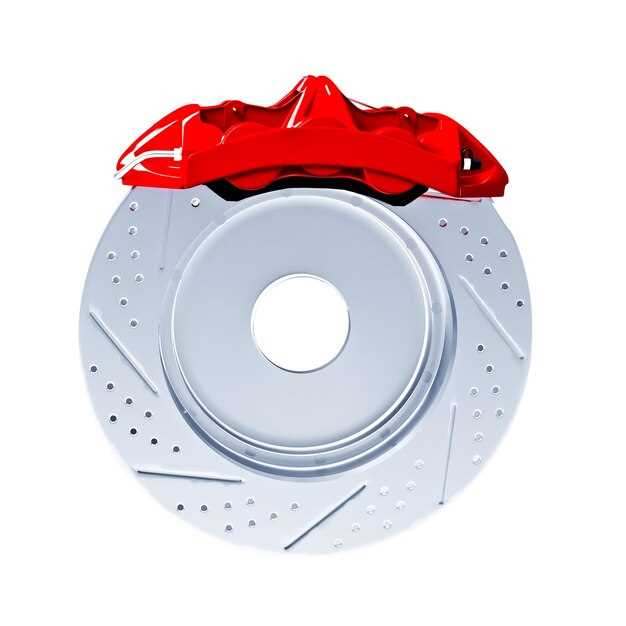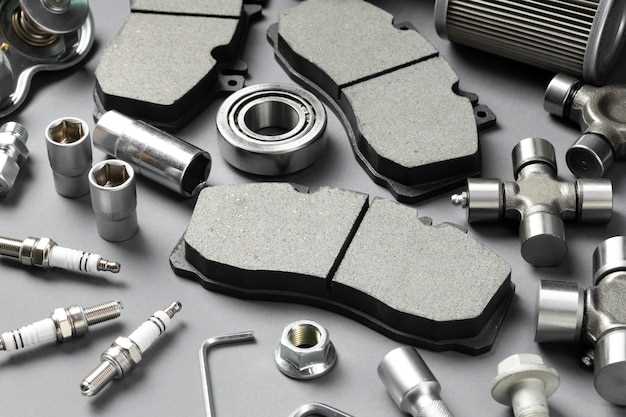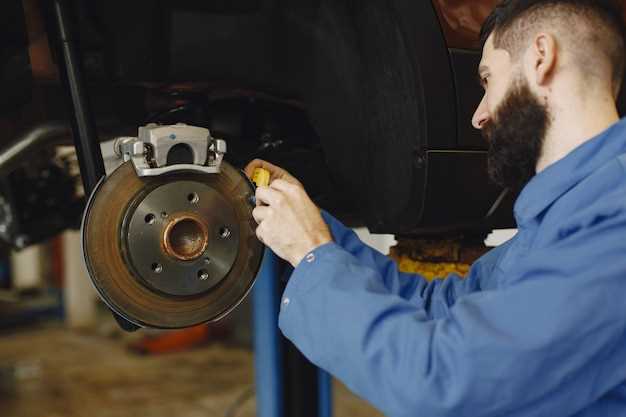

Choosing the right brake pads and rotors is crucial for any racing enthusiast looking to enhance their vehicle’s performance on the track. The components of the braking system play a pivotal role in ensuring safety, reliability, and optimal responsiveness during high-speed maneuvers. Understanding the unique demands of racing environments can make all the difference in your choice of brake components.
Brake pads are responsible for creating the necessary friction to slow down or stop your vehicle. Racing applications require pads that can withstand extreme temperatures and offer superior stopping power without fading. Similarly, rotors must be selected carefully to manage heat dissipation and maintain structural integrity under high-performance conditions. The right combination can significantly improve your lap times and enhance overall control in critical situations.
In this guide, we will delve into the key factors to consider when selecting racing brake pads and rotors, including material types, temperature ratings, and compatibility with your racing setup. Whether you are a seasoned racer or a novice, equipping your vehicle with the right braking system will ensure you can push your limits without compromising safety.
Understanding Brake Pad Formulations for Racing

Choosing the right brake pads for racing applications is crucial for achieving optimal performance on the track. Brake pad formulations significantly influence braking efficiency, durability, and heat management. Different compositions are designed to meet specific demands of racing environments.
Organic brake pads, typically made from materials like rubber, glass, and various resins, offer excellent initial bite and are quieter than their counterparts. However, they tend to wear out quickly under extreme conditions common in racing, making them less suitable for prolonged high-performance use.
Metallic brake pads, often a mix of copper and other metals, provide superior heat resistance and longer lifespan. They perform consistently under high temperatures, delivering reliable stopping power. However, they can produce more noise and dust, which might be a concern for some racers.
Carbon-carbon brake pads are specifically engineered for extreme racing situations, such as in professional motorsport. These pads maintain their structural integrity at higher temperatures, ensuring consistent performance; however, they require more time to reach optimal operating temperatures compared to other formulations.
Specialized racing compounds often blend different materials to maximize performance features. These hybrid pads can enhance bite, reduce fade, and extend service life, catering to various racing conditions. Understanding the unique properties of each formulation enables racers to select pads that match their driving style, vehicle setup, and specific racing scenarios.
Furthermore, it’s essential to consider the compatibility of brake pads with rotors and the entire braking system. The right combination ensures not only performance but also safety on the track. Regular testing and adjustments may be necessary to achieve the optimal balance for both speed and control.
Choosing the Right Brake Rotor Design for Maximum Performance
When it comes to enhancing your vehicle’s braking performance, the choice of brake rotor design is crucial. The right rotor can significantly improve braking efficiency, reduce heat buildup, and optimize the interaction with brake pads. Here are some key considerations for selecting the ideal rotor design to achieve maximum performance.
1. Rotor Type: There are several types of brake rotors available, including vented, slotted, and drilled designs. Vented rotors provide better cooling and heat dissipation due to their internal passages, making them suitable for high-performance applications. Slotted rotors enhance pad grip and help remove debris and gases, thus improving modulation. Drilled rotors are designed to reduce weight and improve cooling but may be prone to cracking under extreme conditions.
2. Material Composition: The material used in the rotor construction plays a vital role in performance. Most performance rotors are made from cast iron or carbon composite materials. Cast iron is durable and provides effective heat dissipation, while carbon composites can offer better weight savings and resistance to thermal expansion.
3. Thickness: The thickness of the brake rotor affects both strength and weight. Thicker rotors tend to dissipate heat more efficiently and provide better resistance to warping. However, they also add weight, which can affect overall vehicle dynamics. Balance is key; choose a rotor thickness that matches your driving style and performance objectives.
4. Surface Finish: The finish on the brake rotor surface can influence pad wear and braking efficiency. A finely machined finish helps ensure optimal contact with the pads, leading to improved performance. Look for rotors that are either smooth or come with a directional finish, as they tend to provide superior braking feel.
5. Compatibility with Brake Pads: Always consider how the rotor design interacts with your chosen brake pads. Certain designs work better with specific pad compounds. For instance, high-friction race pads may perform optimally with slotted rotors that allow for better gas escape. Ensure that the rotor and pad combination aligns with your performance goals, whether for daily driving or competitive racing.
In conclusion, selecting the right brake rotor design is integral to achieving maximum braking performance. By focusing on rotor type, material, thickness, surface finish, and compatibility with brake pads, you can enhance your vehicle’s braking system for improved safety and performance on the track or the road.
Installation Tips for Racing Brake Components

Installing racing brake components, including pads and rotors, requires precision and attention to detail to ensure optimal performance on the track. Begin by performing a thorough inspection of the existing brake system. Check for any signs of wear or damage that may affect the new components’ performance.
When installing rotors, ensure that the mounting surface is clean and free from debris. Use a suitable brake cleaner to remove any grease, oil, or old residue. It’s essential to check the rotor’s runout, which should be within manufacturer specifications to avoid vibrations during braking.
For brake pad installation, ensure that the caliper and bracket are clean and lubricated as needed. Use high-temperature brake grease on the contact points to reduce noise and prevent sticking. Be mindful of the orientation of the pads; install them according to the manufacturer’s guidelines to ensure proper contact with the rotor.
Torque all bolts to the recommended specifications using a calibrated torque wrench to avoid issues during racing. Recheck the tightness of all components after the initial installation and again after a short test drive to ensure nothing has come loose.
After the installation, it’s crucial to perform a bedding procedure for the brake pads and rotors. This involves gradually increasing braking pressure to transfer a layer of material from the pads to the rotors, which enhances performance and extends the lifespan of the components.
Finally, always consult the manufacturer’s specifications for both brake pads and rotors to avoid compatibility issues. Tracking changes in performance post-installation will help identify any potential adjustments needed for future races.







